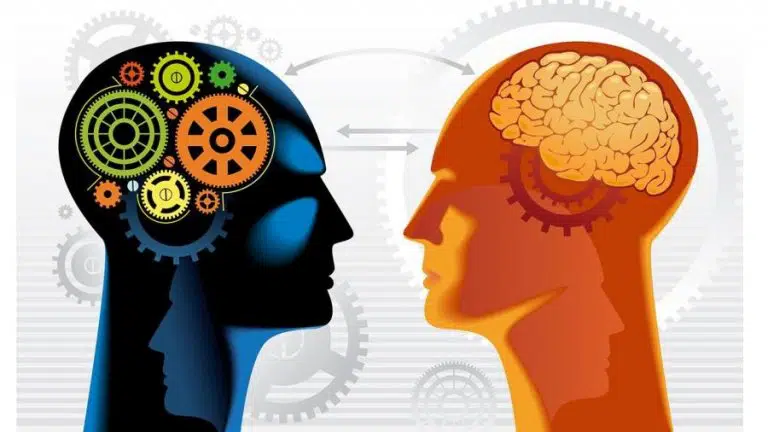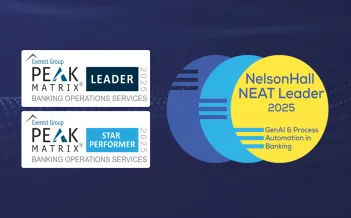Publication: ITProPortal

Over the past 10 years, Facebook’s F8 conference has become the place to find out what’s next for the world’s largest online social networking site.
Last year, Mark Zuckerberg, the site’s co-founder and CEO, introduced a global audience to a host of Facebook upgrades, including embeddable videos and real-time comments. Prior to that, the F8 has seen the launch of the innovative Facebook timeline (2011) and the now famous ‘like’ button (2014).
This year’s conference was no different, with one of the biggest announcements being the development of the company’s chatbot solution.
Chatbots are computer programs that can simulate human conversation, or chat, through artificial intelligence (AI). Increasingly used by brands to manage everyday customer engagement, the implications of chatbots in the consumer experience industry are huge. The introduction of chatbot functionality to Facebook, for example, means that the site can now allow businesses to deliver automated customer support, guidance, content and interactive experiences through the platform.
The new customer experience
Where Facebook leads, many follow. The site’s public advocacy of chatbots as a communication tool has meant that brands of all shapes and sizes are now interested in how they too can use AI to reimagine customer service in a digital age. Zuckerberg is so confident in the revolutionary nature of his solution and the impact that it will have on the customer experience industry, that he has predicted that chatbots will replace contact centre agents within the next decade.
For companies looking to introduce chatbots to manage customer communications, the long-term cost advantages of running robots rather than humans will need to be weighed up against a complete overhaul of contact channels and app strategies. If they can get chatbots right, however, they could potentially tap into an increase in customer loyalty on an unprecedented level.
A recent study by Aspect Software found that nearly 40 percent of consumers would rather use self-serve apps such as Facebook Messenger for customer enquiries than a phone call. As consumers move down a path of understanding, expecting and even demanding self-service models, it is easy to see how chatbots could meet their needs. Faced with the option of hold times, repetitive phone calls and human error versus artificial intelligence designed to get it right every time, the choice for the customer becomes easy. What’s more, chatbots – easily integrated into apps and social networks – could become a natural way of communicating for the digitally native consumer.
If it ain’t broke…
On the surface, it might seem as though chatbots could be the answer to every frustrated and time-poor customer’s woes as well as business’ bottom lines. Unfortunately, it isn’t quite that simple.
In theory, chatbots are brimming with potential, eliminating inefficiencies and error, and delivering a seamless service to customers. But despite Zuckerberg’s optimistic predictions, this potential remains theoretical for the time being. AI is still a long way from being able to replicate human-to-human engagement and often, limitations in the technology are more likely to frustrate than placate.
Businesses exploring automated customer communications cannot afford to ignore the question ‘what happens when the technology goes wrong?’ In March of this year, for example, Microsoft’s chatbot ‘Tay’ left the organisation humiliated when its AI-generated responses began to offend users and it had to be taken offline.
This is especially important when you consider the fact that consumers today are increasingly vocal when it comes to their perceptions of a brand and how it has interacted with them. A quick check of channels such as Facebook and Twitter exemplify how brand love and hate can now play out to large audiences on social media. Ultimately, if your chatbot solution doesn’t deliver, the world will find out – and quickly.
Getting it wrong
The right channel is one thing, but the right content is another. Whilst studies show that digital models are preferred by some groups of customers when they interact with organisations, if these channels don’t give them the experience or resolution they are looking for, these consumers will be turned off from a brand all the same.
Whilst offering as many channels as possible is a step in the right direction for businesses looking to enhance their customer experience, channel bounce is a no go. Forcing customers to move between channels to find the answers they want will simply frustrate them and encourage them to think again when it comes to recommendations or sales in the future.
Chatbots also mean greater potential for mistakes and misunderstandings, and there are only so many times that customers will sit through the dreaded ‘I’m sorry, did you mean…?’ Ironically, a poor chatbot service will increase a business’ need for voice channels, adequate escalation paths and revised back-office capabilities to support it.
Chat: it’s a human thing
Every interaction that a consumer has with a brand impacts their perception of it and the chances of them engaging again in the future. This is true whether it’s marketing, in-store or online – and it is certainly true for customer communication.
Behavioral science tells us that we generally remember an experience based on how good or bad it was at its worst or best and how it ends. This means that as long as it isn’t too painful, a customer will remember an experience positively as long as the outcome is good and you keep them well informed along the way.
A crucial part of positive customer experiences depends on empathy and understanding – things that even the most intelligent chatbots cannot provide. Even the most digitally tuned in customer will want to know that they are connected with someone who can put themselves in their shoes, and demonstrate empathy and emotional intelligence when a difficult situation or query escalates.
Channel collaboration
Facebook may have taken the plunge already, but the customer experience industry’s experimentation with chatbots is certainly just beginning. Using AI to effectively serve customers in a way that offers cost and brand benefits to businesses, chatbots demonstrate the huge potential the AI solution has in this space.
Chatbots also demonstrate the need for careful collaboration. They tend to work best for certain industries and customer journeys only. For promise-based sectors such as financial services and banking, where building long-term trust is essential, the chatbot solution is a long way off the mark. Whilst standard processes such as bookings might lend themselves to automation, other less linear customer journeys, where brands need to offer help and clarity, require a human touch instead.
Today, the most powerful combination to deliver the very best customer experience is when the human element of customer contact works in harmony with the latest technology. As brands move to digitalise customer management channels they must also continue to invest in and upgrade the human safety net, and that voice at the end of a phone line.
Simon Hunt, Director Customer Experience, Firstsource Solution










